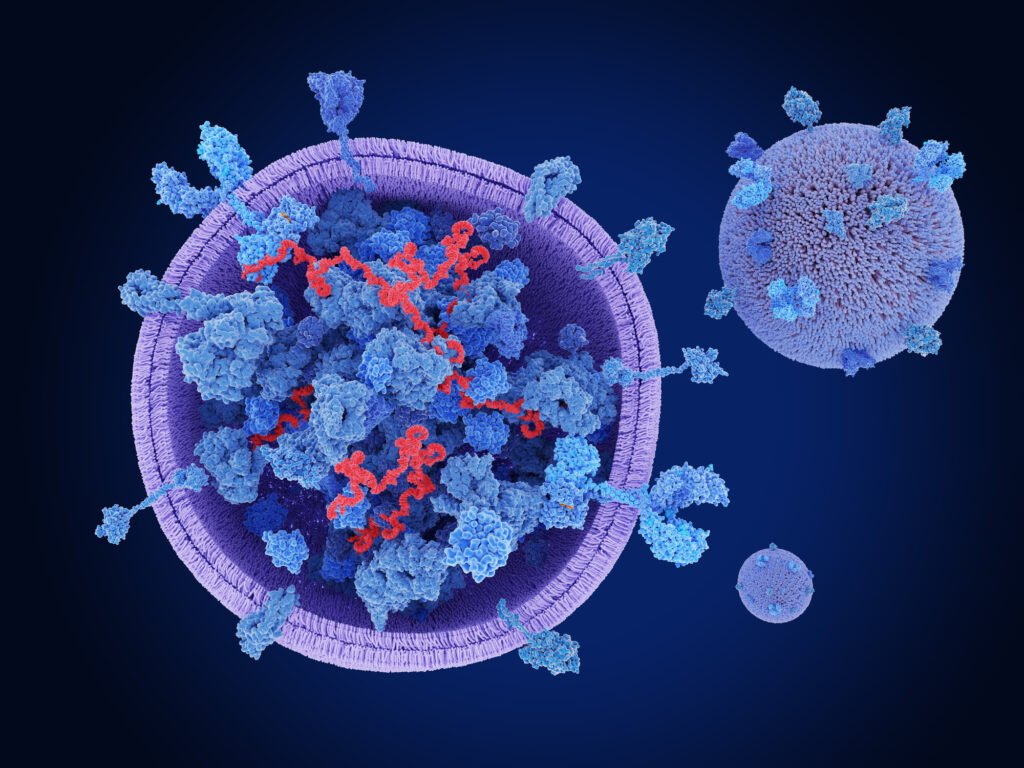Osteonecrosis of the femoral head (ONFH) is a debilitating condition that primarily impacts younger individuals, leading to significant morbidity and often resulting in total hip arthroplasty. This condition is characterized by the death of bone tissue due to a lack of blood supply, which can result from various factors, including trauma, steroid use, and excessive alcohol consumption. Given its prevalent occurrence in a demographic that is typically active and in their prime years, finding effective treatment options is crucial.
Recent advancements in regenerative medicine have led to the development of joint-preserving therapies, such as core decompression (CD), which aim to relieve pressure in the hip joint and promote healing. However, these techniques often require enhancement through the addition of cells, growth factors, and bone substitutes to improve their effectiveness. Unfortunately, these approaches have not been extensively validated, leaving a gap in reliable treatment options.
One promising area of research is the use of exosomes derived from human adipose stem cells (hADSCs). Exosomes are small extracellular vesicles that play a crucial role in cell communication and have been shown to possess angiogenic and wound-healing properties. Their application in treating early-stage ONFH is gaining attention due to their potential to promote tissue regeneration and repair.
In a recent study conducted by Tatsuhito Ikezaki, Yutaka Kuroda, Toshiyuki Kawai, Yaichiro Okuzu, Yugo Morita, Koji Goto, and Shuichi Matsuda, the efficacy of hADSC-derived exosomes in combination with core decompression was investigated in a medium-sized animal model, specifically rabbits. This study aimed to validate the potential of this innovative approach in treating ONFH.
The researchers meticulously designed their experiments to assess the impact of the exosomal treatment on the healing process within the femoral head after core decompression. By utilizing a rabbit model, they aimed to create a reliable platform to evaluate the regenerative effects of the hADSC-derived exosomes.
Preliminary findings from the study suggest that the application of hADSC-derived exosomes based on core decompression could lead to enhanced healing and recovery in early-stage ONFH. The results indicate a promising avenue for future clinical applications, especially for younger patients who are at risk of undergoing invasive surgical procedures like total hip arthroplasty.
As the field of regenerative medicine continues to evolve, the integration of exosome therapy into standard treatment protocols for ONFH may revolutionize the way this condition is managed. Further research and clinical trials will be essential to fully understand the potential benefits and to establish the safety and efficacy of this approach.
In conclusion, the study led by Ikezaki and his colleagues marks a significant step forward in the quest for effective treatments for osteonecrosis of the femoral head. By exploring the use of hADSC-derived exosomes in conjunction with core decompression, this research holds promise for improving outcomes for young patients facing this challenging condition. As we continue to unravel the complexities of regenerative therapies, we may soon find new hope in the fight against ONFH.


